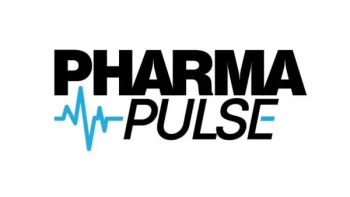
- Pharmaceutical Commerce - March 2009
Off-label prescribing enjoys health plan support
Referencing in pharmaceutical compendia and peer-reviewed literature are a guide
Some 75% of health plans in the United States reimburse patients for off-label uses of prescription drugs, according to a study recently completed by the Tufts Center for the Study of Drug Development in Boston. Off-label uses are especially high among anti-convulsants, anti-psychotics, anti-neoplastics, and antibiotics. “We also see that off-label use is common among many biologics, particularly those targeting cancer,” says Joshua Cohen, senior research fellow and lead investigator.
Of health plans that reimburse for off-label uses, over half impose conditions, including step therapy, indication restrictions, prior authorization, and quantity limits, and nearly 90% rely on pharmaceutical compendia to inform their off-label use reimbursement decisions, the study found. Findings are based on a survey of 179 third-party payers in the U.S. that administer Medicare and Medicaid pharmacy benefits.
Cohen notes in an announcement that with off-label prescribing likely to increase, “health plans will need to balance the value of rapid patient access to the best pharmaceutical care possible, sometimes through the off-label use of a drug, with the need for comprehensive data on the benefits and risks of such care.” Off-label use accounts for approximately 21% of all prescriptions, according to industry statistics.
“Since patients do not pay directly for most off-label uses, third-party payers have become crucial for market access,” Cohen says. “While reimbursement decisions with respect to on-label indications are relatively well understood in terms of evidence requirements, off-label use reimbursement until now has been less transparent.”
The Tufts study, reported in the March/April Tufts CSDD Impact Report, found that:
- 60% of the health plans surveyed require that off-label uses must be referenced in one or more pharmaceutical compendia to be reimbursed.
- More than three-quarters of health plans ascribed a “very important” role to peer-reviewed literature as a factor in determining off-label use reimbursement decisions.
- Almost four-fifths of plans ascribed a role to cost-effectiveness in off-label use reimbursement decisions; almost one-fifth said cost-effectiveness data play a “very important” role.
Articles in this issue
over 16 years ago
EFPIA Moves Forward on Product-Identification Demoover 16 years ago
Sud-Chemie Package Wins Pharma Pack Award for Bristol-Myers Squibbover 16 years ago
Regulatory Focus on Off-Label Promotion Is Risingover 16 years ago
75 Years of SoftGel Capsulesover 16 years ago
Will Closed-Loop Marketing Energize the Pharma Sales Process?over 16 years ago
People on the Move-AprilNewsletter
Stay ahead in the life sciences industry with Pharmaceutical Commerce, the latest news, trends, and strategies in drug distribution, commercialization, and market access.




